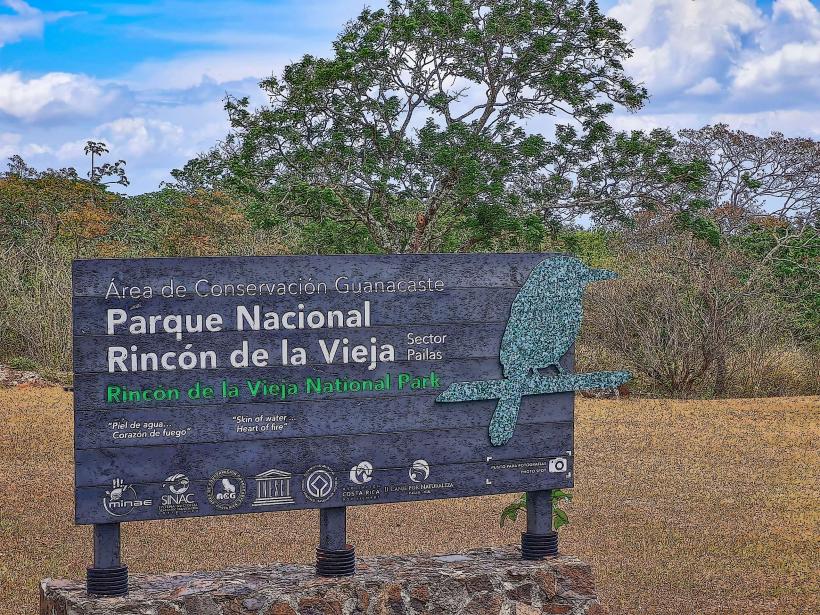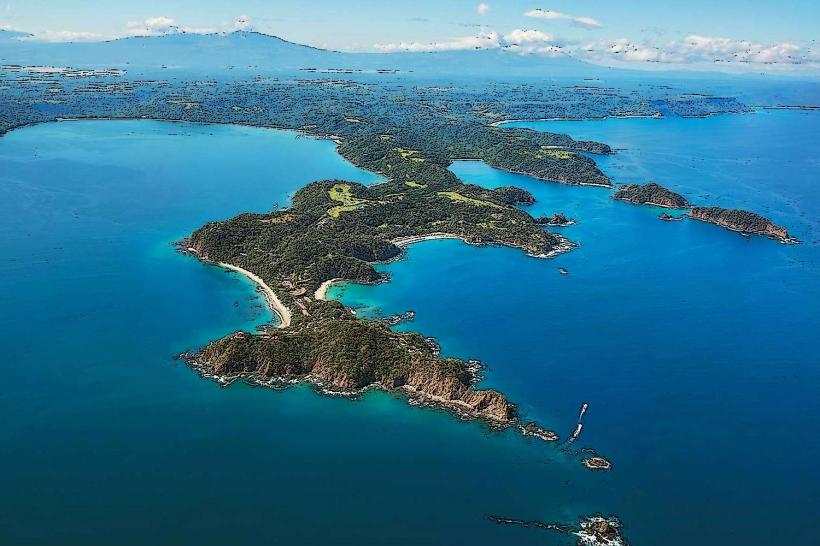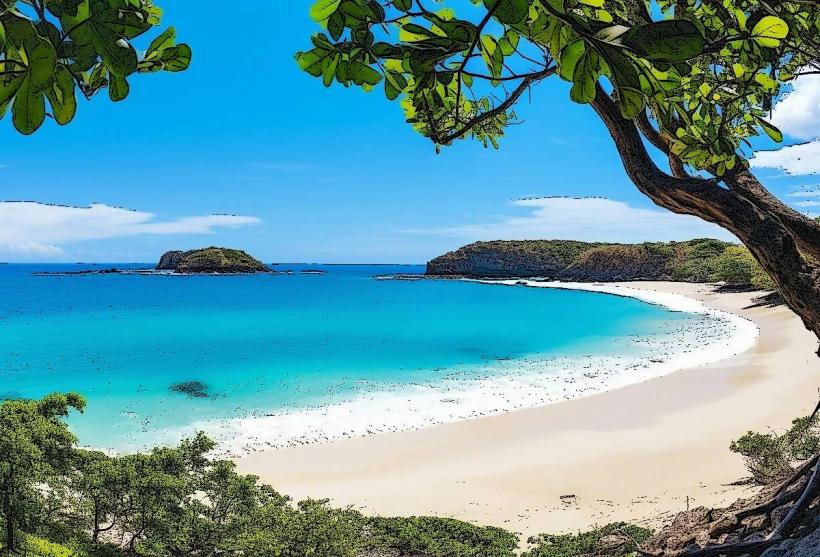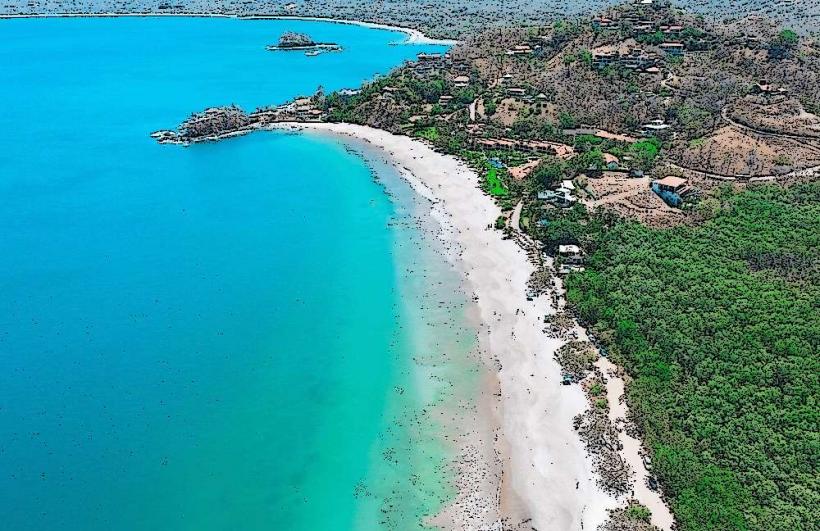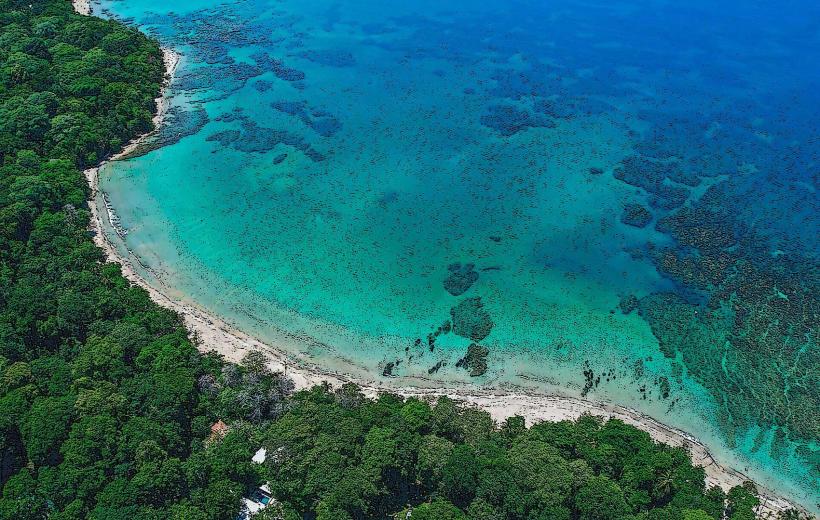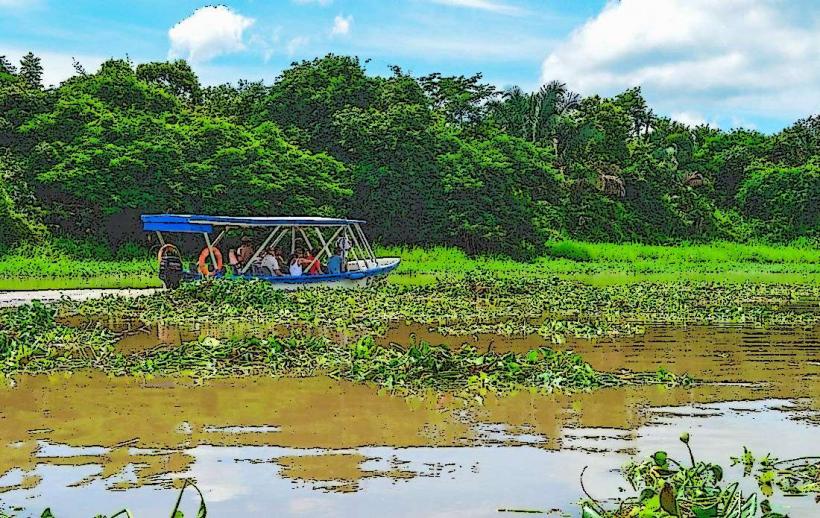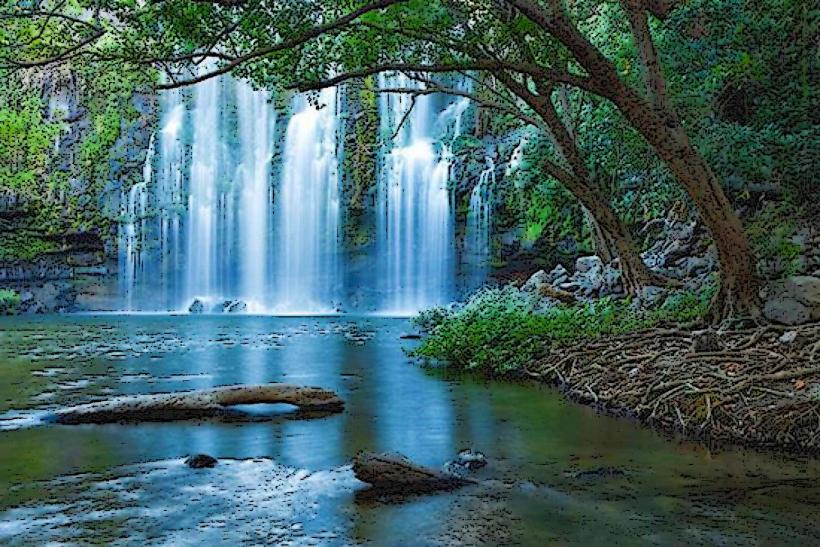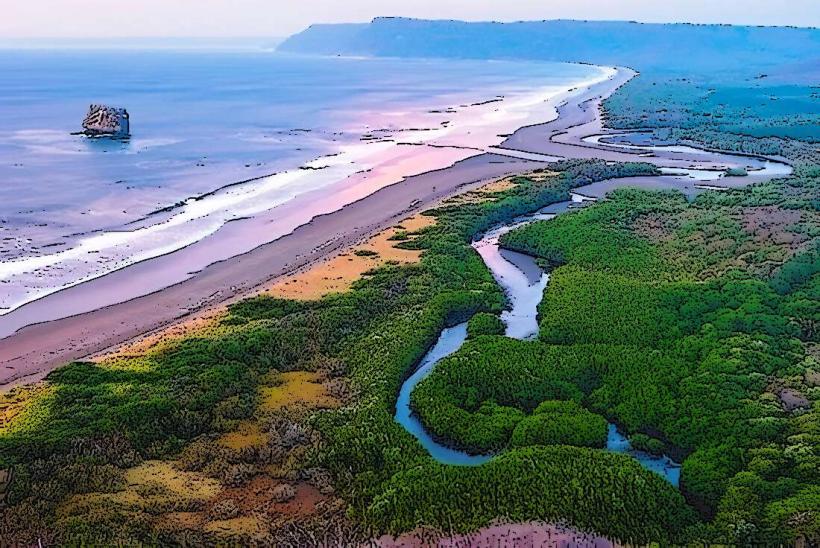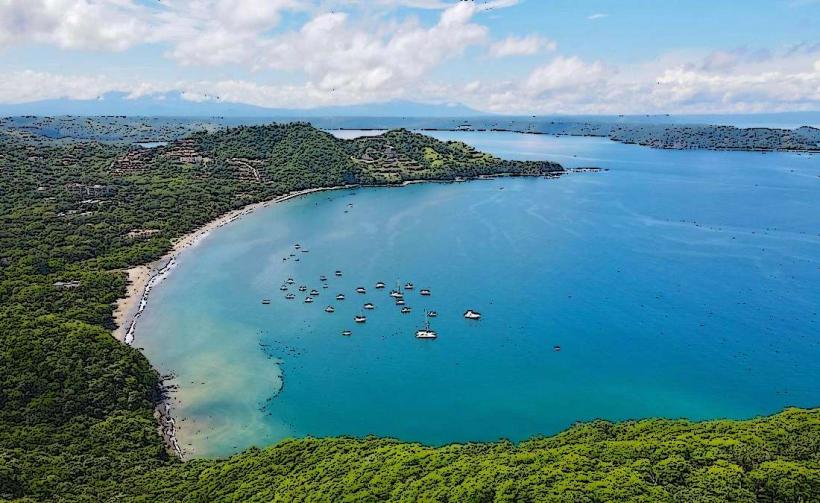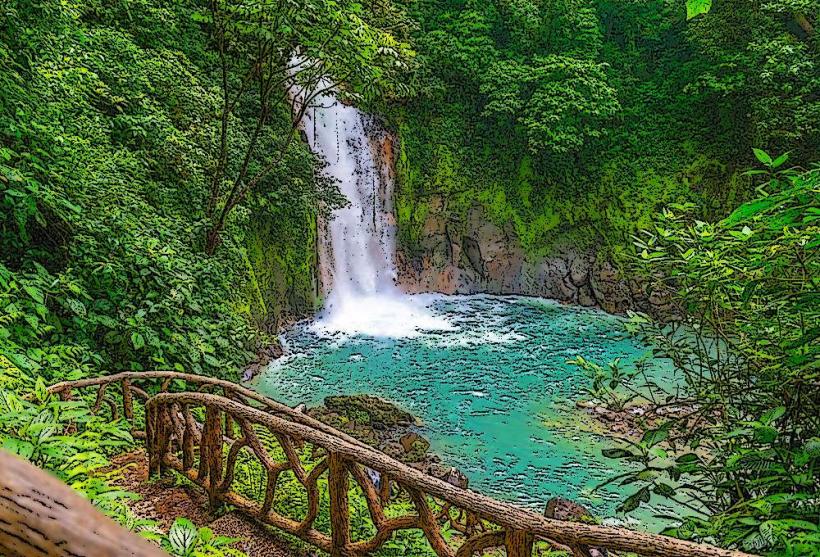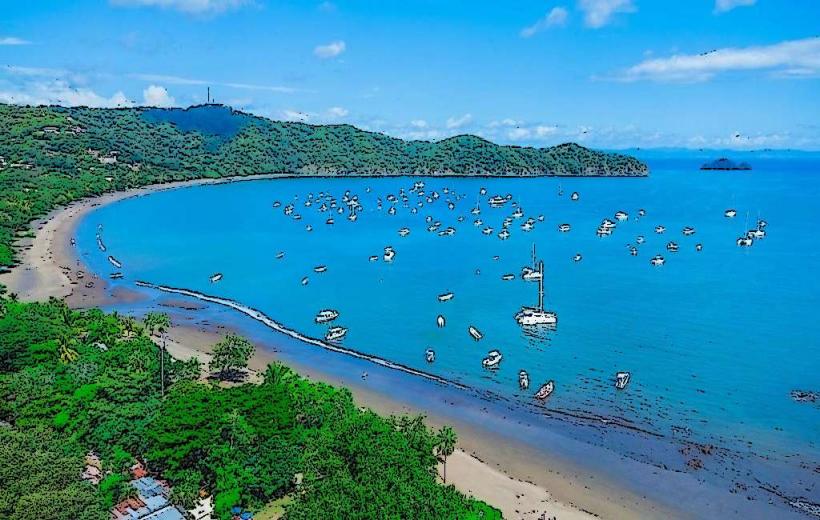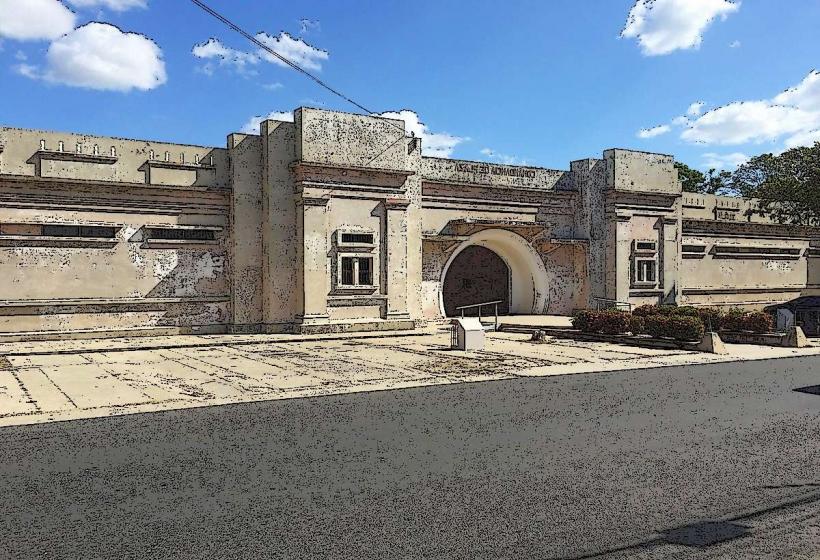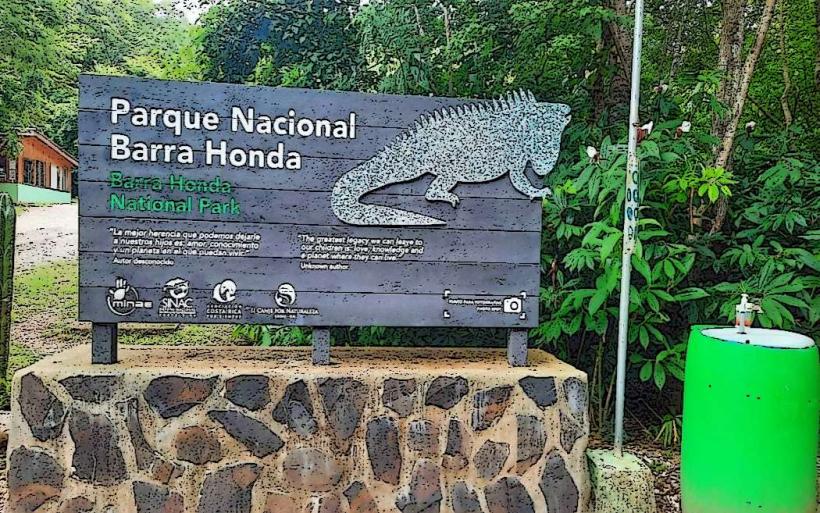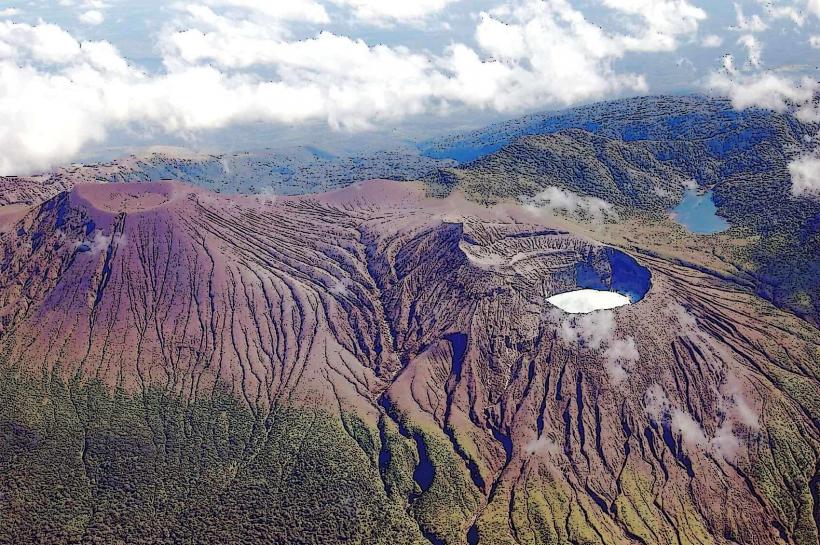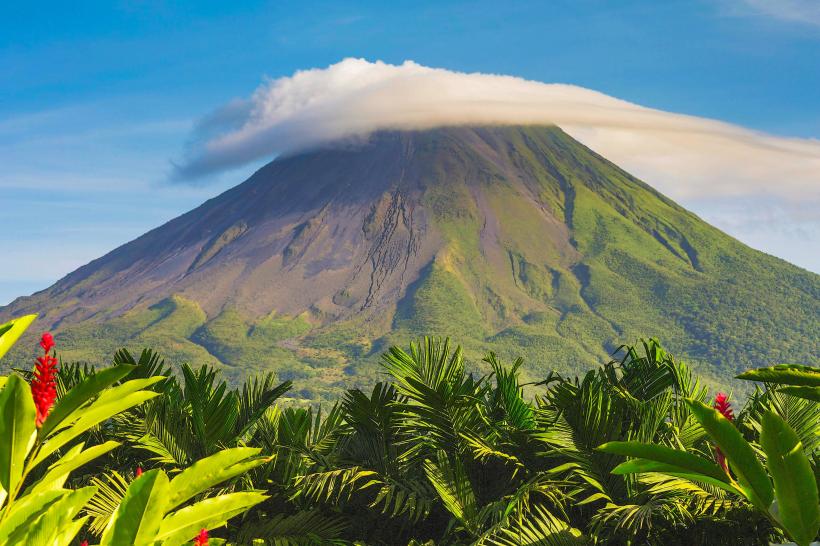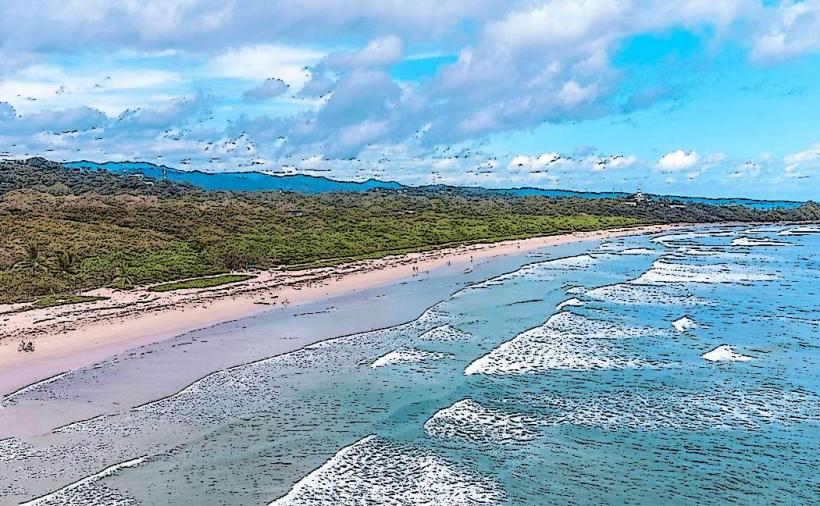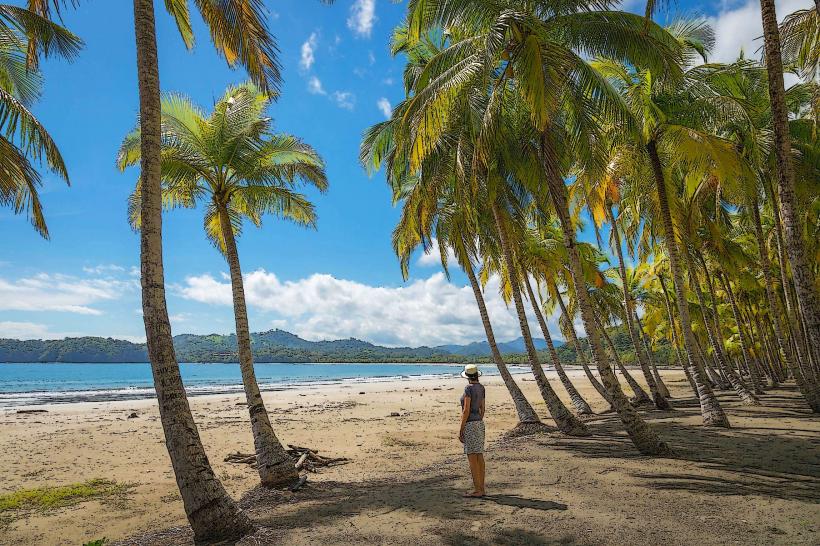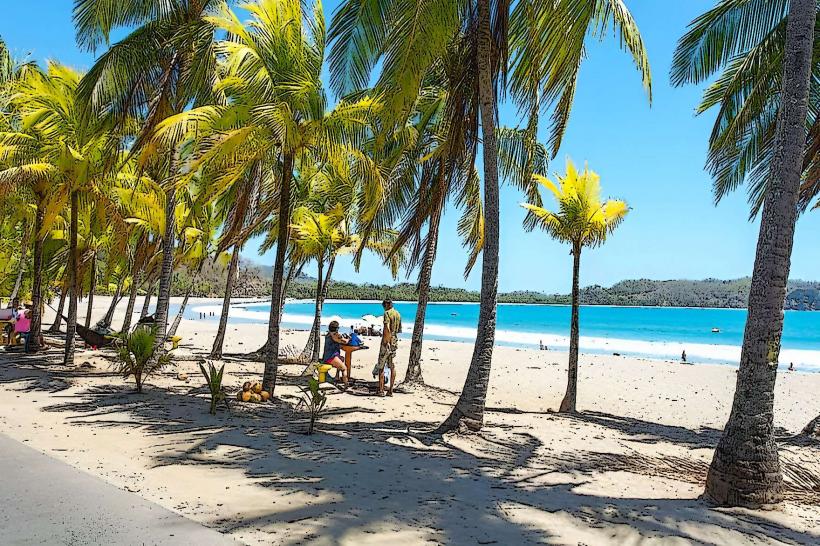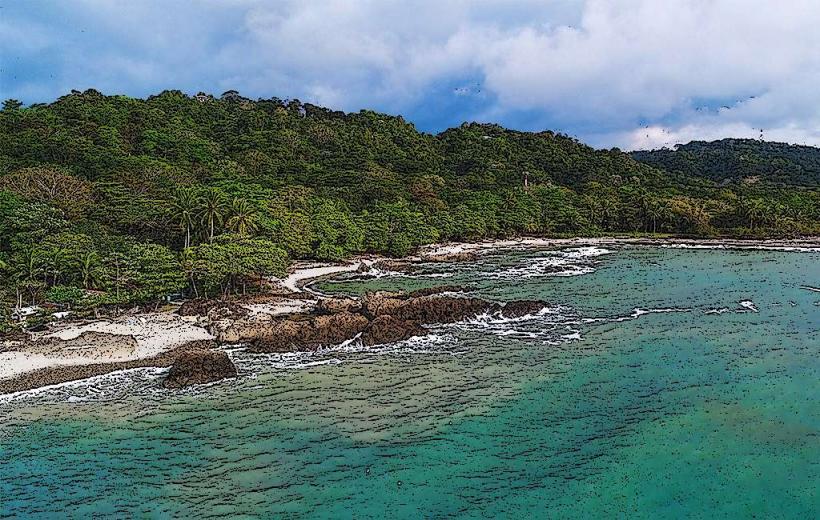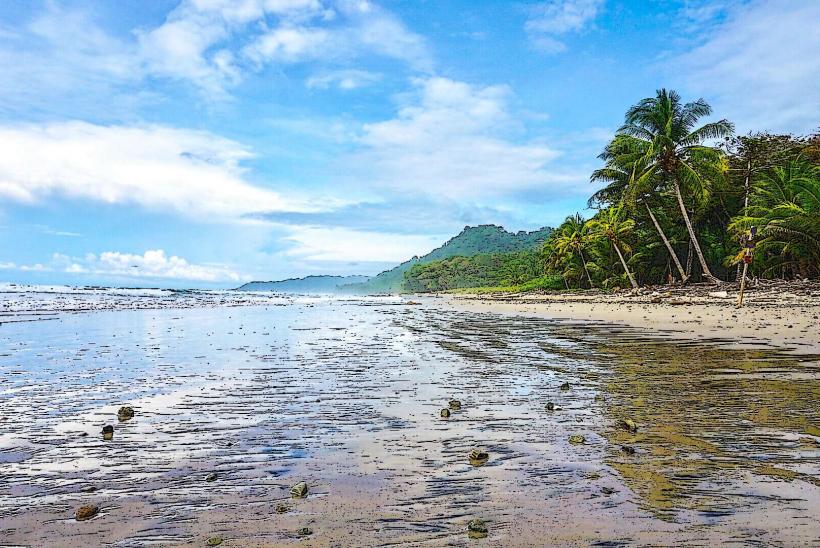Information
Landmark: Tenorio Volcano National ParkCity: Guanacaste
Country: Costa Rica
Continent: North America
Tenorio Volcano National Park (Parque Nacional Volcán Tenorio) is one of Costa Rica's hidden gems, offering visitors a remarkable combination of volcanic landscapes, lush forests, and the iconic Río Celeste, a river famous for its vivid turquoise color. Located in the northern region of Costa Rica, this park is a must-visit for nature lovers, hikers, and those seeking unique natural wonders.
Overview
- Location: Northern Costa Rica, in the Guanacaste and Alajuela Provinces, near Bijagua.
- Established: 1995.
- Size: Approximately 31,794 acres (12,890 hectares).
- Part of: The Arenal Tilarán Conservation Area.
Key Features
Tenorio Volcano:
- A dormant stratovolcano with four volcanic peaks and two craters.
- Provides the park with geothermal activity, which contributes to its hot springs and unique mineral formations.
Río Celeste (Sky Blue River):
- The river's striking blue color results from a chemical reaction between volcanic minerals like sulfur and calcium carbonate.
- The Teñideros, where two clear streams merge and create the turquoise hue, is a highlight of the park.
Biodiversity:
- A dense rainforest ecosystem rich in flora and fauna, home to many endemic species.
Thermal Hot Springs:
- Naturally heated pools scattered throughout the park, offering relaxing opportunities for visitors.
Catarata Río Celeste (Río Celeste Waterfall):
- A spectacular waterfall where the vibrant blue water cascades into a natural pool surrounded by lush greenery.
Activities
Hiking:
- The main Río Celeste Trail (7 km round trip) leads to the park's highlights, including the waterfall, Teñideros, and hot springs.
- Trails are moderately challenging, with uneven terrain and potential mud during the rainy season.
Wildlife Watching:
- Animals: Sloths, tapirs, ocelots, howler monkeys, and anteaters.
- Birds: Toucans, tanagers, hummingbirds, and the elusive quetzal.
- Amphibians and Reptiles: Frogs, including the vibrant red-eyed tree frog, and various snakes.
Photography:
- The park’s breathtaking landscapes, from the turquoise waters to dense forests, make it a paradise for photographers.
Exploring Hot Springs:
- Visitors can enjoy the soothing warmth of the natural hot springs, but swimming is restricted in certain areas to preserve the ecosystem.
Visitor Information
- Entrance Fee:
- Approximately $12 for adults and $5 for children (prices may vary for residents and non-residents).
- Opening Hours:
- Daily from 8:00 AM to 4:00 PM.
- Last entry is typically allowed until 2:00 PM to ensure visitors have time to complete the hike.
- Facilities:
- Restrooms, picnic areas, and a small visitor center are available near the entrance.
- Guided Tours:
- Hiring a local guide can enhance the experience by providing insights into the park's ecology and geology.
How to Get There
- From Liberia:
- About 2 hours by car via Route 1 (Inter-American Highway) and Route 6.
- From La Fortuna:
- Approximately 2 hours by car, making it a great day trip from Arenal.
- By Public Transport:
- Buses to Bijagua are available, but reaching the park entrance may require a taxi or organized tour.
Best Time to Visit
- Dry Season (December to April):
- Easier hiking conditions with less mud and clear views.
- The turquoise color of Río Celeste is typically more vibrant.
- Rainy Season (May to November):
- Lush greenery and a quieter atmosphere, though trails can be slippery.
- The river may appear less blue during heavy rains due to sediment runoff.
Tips for Visitors
- What to Bring:
- Comfortable hiking shoes and rain gear.
- Insect repellent and sunscreen.
- Plenty of water and snacks.
- Safety:
- Stay on marked trails to avoid damaging the delicate ecosystem or encountering dangerous areas.
- Swimming is prohibited in most parts of the park to protect the environment and for safety reasons.
- Start Early:
- Arriving early allows more time to enjoy the park and avoid afternoon rains, especially during the rainy season.
Nearby Attractions
- Bijagua:
- A charming nearby town offering eco-lodges, local cuisine, and tours.
- Tapir Valley Nature Reserve:
- A private conservation area with excellent wildlife viewing.
- Arenal Volcano National Park:
- Home to the iconic Arenal Volcano and a wide range of activities, including zip-lining and hot springs.
Conservation Efforts
Tenorio Volcano National Park plays a critical role in protecting Costa Rica’s tropical rainforest and ensuring the survival of its diverse wildlife. The park is part of the Guanacaste Conservation Area, which is recognized by UNESCO for its global ecological significance.
Conclusion
Tenorio Volcano National Park is a unique blend of natural wonders and ecological richness, highlighted by the famous Río Celeste and its stunning waterfall. Whether you’re hiking through the rainforest, marveling at the volcanic landscapes, or enjoying the serenity of the hot springs, this park offers an unforgettable experience for adventurers and nature enthusiasts alike.

